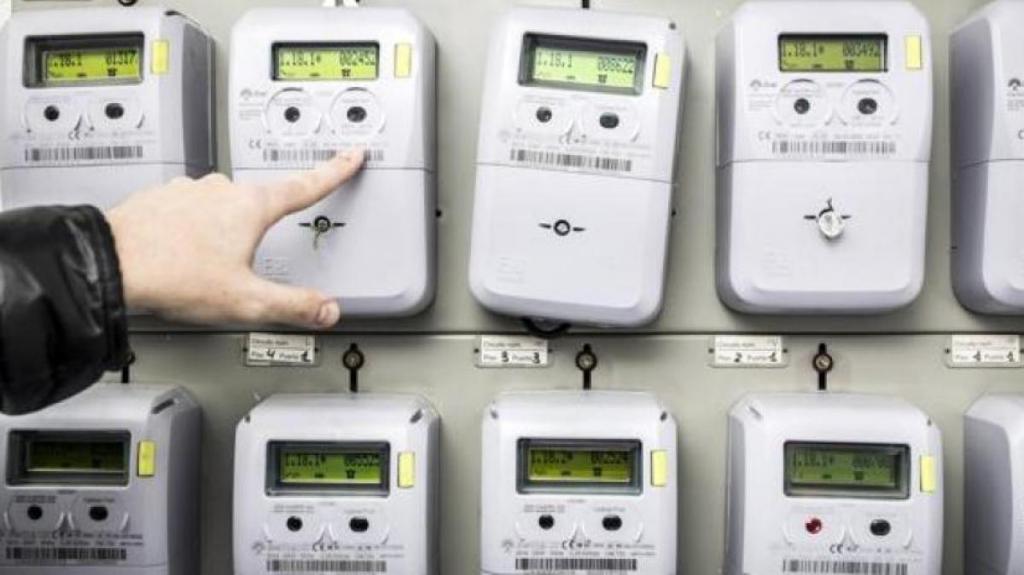Save on Electricity Bills by Knowing Price Trends Today
Unlock savings by learning the cheapest and most expensive electricity hours to optimize your energy use and reduce your bills today.

Key Points
- Electricity prices fluctuate throughout the day, with the most expensive hours occurring between 19:00 and 20:00.
- Consumers can save significantly by using high-energy appliances during the cheapest hours, specifically between 15:00 and 16:00.
- Staying informed about price trends and planning energy usage accordingly can lead to substantial savings on monthly electricity bills.
The fluctuation of electricity prices can significantly impact your monthly bills. With the increased demand and varying energy sources, knowing the best times to use electricity can lead to considerable savings. Recent reports reveal essential insights into the pricing trends for today, highlighting the cheapest and most expensive hours for electricity. By being aware of these patterns, consumers can make informed decisions to optimize their energy consumption.
The Price Landscape on February 22
According to data from the Iberian Electricity Market Operator (OMIE), consumers in Spain will experience a noticeable increase in average electricity costs on February 22. The average price will rise to €70.84/MWh, up from under €50/MWh on the previous day. This significant hike underscores the importance of timing when utilizing high-energy appliances.
During this day, the peak cost is projected between 19:00 and 20:00, hitting a staggering €130.72/MWh. Consequently, this hour should be avoided for high-energy activities such as running dishwashers or laundry machines.

Identifying the Cheapest Hours
On the flip side, the most economical time to consume electricity will be in the afternoon, specifically between 15:00 and 16:00, during which the price will drop to €39.68/MWh. This window offers an excellent opportunity for households to run energy-intensive appliances, thereby maximizing savings. Strategically timing your energy usage can lead to significant reductions in your electricity bill.
Why Do Prices Vary So Much?
The electricity market operates dynamically, meaning prices fluctuate based on demand and other variable costs. In periods of high need—like extreme cold or heat—price surges are common as energy consumption spikes. Additionally, the costs associated with electricity are influenced by a mixture of services, including maintenance fees and renewable energy costs.
On February 21, for instance, consumers will enjoy a milder pricing day, with an average cost of €47.99/MWh. The most expensive hour will not exceed €100, specifically peaking at €93.83/MWh between 19:00 and 20:00. Comparatively, the best savings occur from 12:00 to 16:00, establishing a notable decline in rates, making this a prime opportunity for households to optimize their energy use.
Practical Strategies for Consumers
To fully benefit from these price trends, consider implementing the following strategies:
Engaging with these strategies not only aids in budgeting effectively but also contributes to a more sustainable approach to energy consumption. By adapting your habits to align with market prices, you can actively play a role in reducing both your energy bills and your environmental footprint.
Conclusion
In summary, understanding electricity pricing patterns is crucial for any consumer aiming to economize effectively. With the right knowledge of when to use appliances and an awareness of market trends, significant savings can be achieved. By staying informed and planning your energy use according to the most economical hours, you're not just decreasing your expenses, but also actively contributing to a more sustainable energy future.


